Have you ever stopped to wonder, as you drive to work in the morning, about the risks other people face just to do their jobs? We often see dramatic scenes in movies—firefighters battling a blaze, soldiers on the front lines, or police officers in a high-speed chase—and think, “Those are the most dangerous jobs in the world.” But what if I told you the reality is a little different? The truth is, the most dangerous jobs aren’t always the ones that get the most attention. Sometimes, they are jobs that are essential to our daily lives, performed by people you might see every single day without a second thought.
In this deep dive, we’re going to pull back the curtain on the world’s most perilous professions. We’ll look at the hard data, the surprising statistics, and the human stories behind the jobs that have the highest rates of fatal injuries. It’s time to find out what the real most dangerous job is and why it might not be what you think.
How We Determined the Most Dangerous Jobs
To get to the bottom of this, we have to look at the numbers. Forget gut feelings or what you see on TV. The most accurate way to measure the danger of a job is by looking at the fatal injury rate—that’s the number of deaths per 100,000 full-time workers. This data, often compiled by organizations like the U.S. Bureau of Labor Statistics (BLS), gives us a clear and unbiased picture of risk. We’re not just talking about car crashes or natural disasters, but every single work-related fatality, from falls to equipment accidents.
By focusing on these statistics, we can create a clear and logical hierarchy of risk. It’s a way of moving past our assumptions and truly understanding the daily hazards faced by millions of workers around the globe.
What Job Causes the Most Deaths?
When you ask people this question, you’ll often get answers like police officers, firefighters, or military personnel. While these are unquestionably dangerous professions with immense risks, they don’t actually top the charts for total fatalities. The jobs that cause the most deaths often involve a combination of heavy machinery, extreme heights, and isolated, unpredictable environments.
The surprising answer is that professions like truck driving and delivery services are responsible for a significant number of work-related fatalities. The sheer volume of hours spent on the road, often under tight deadlines and in all kinds of weather, makes transportation incidents a leading cause of death in the workplace. It’s a sobering reminder that some of the greatest risks are hidden in plain sight, in the careers that keep our modern world running.
The 10 Deadliest Jobs in the World
This is the main event. Here’s a list of the 10 most dangerous jobs, ranked by their fatal injury rate. Brace yourself—some of these might surprise you.
What is the number 1 most dangerous job in the world?
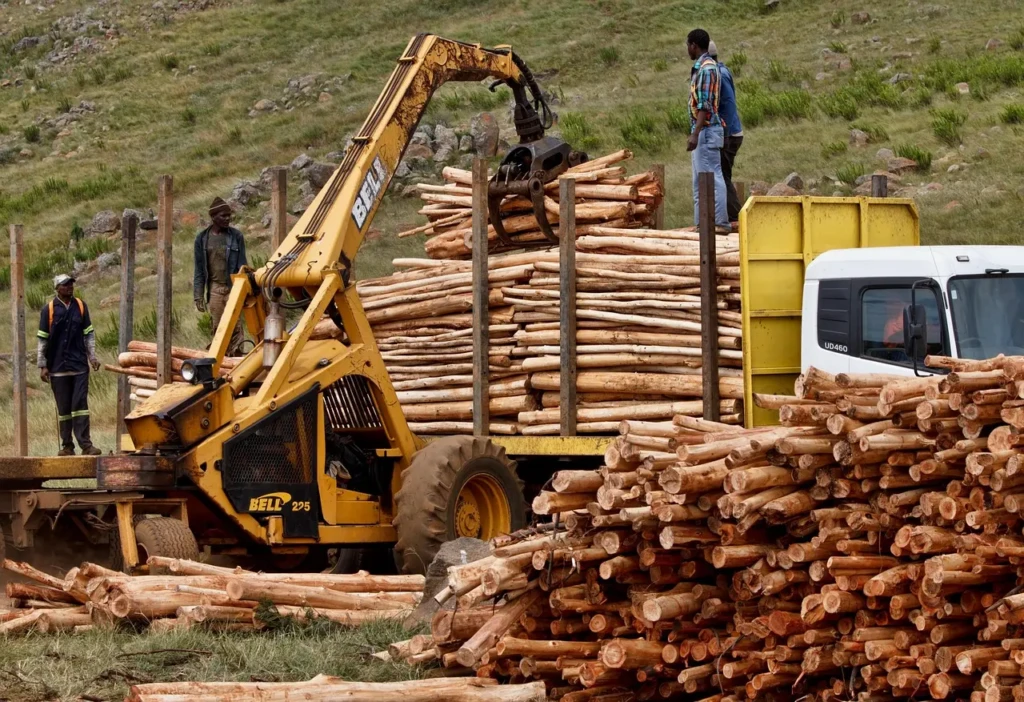
Based on recent statistics, the job that consistently ranks at the very top is Logging Worker. This might not be the most glamorous job on the planet, but it is certainly one of the most perilous. Loggers face incredible dangers every day, from falling trees to operating heavy, powerful machinery in remote and often rugged terrain. The work is physically demanding, and the consequences of a single mistake are often catastrophic. The fatality rate for logging workers is shockingly high, making it a clear frontrunner for the title of the world’s most dangerous job.
The Second Most Perilous Profession: Fishing and Hunting Workers
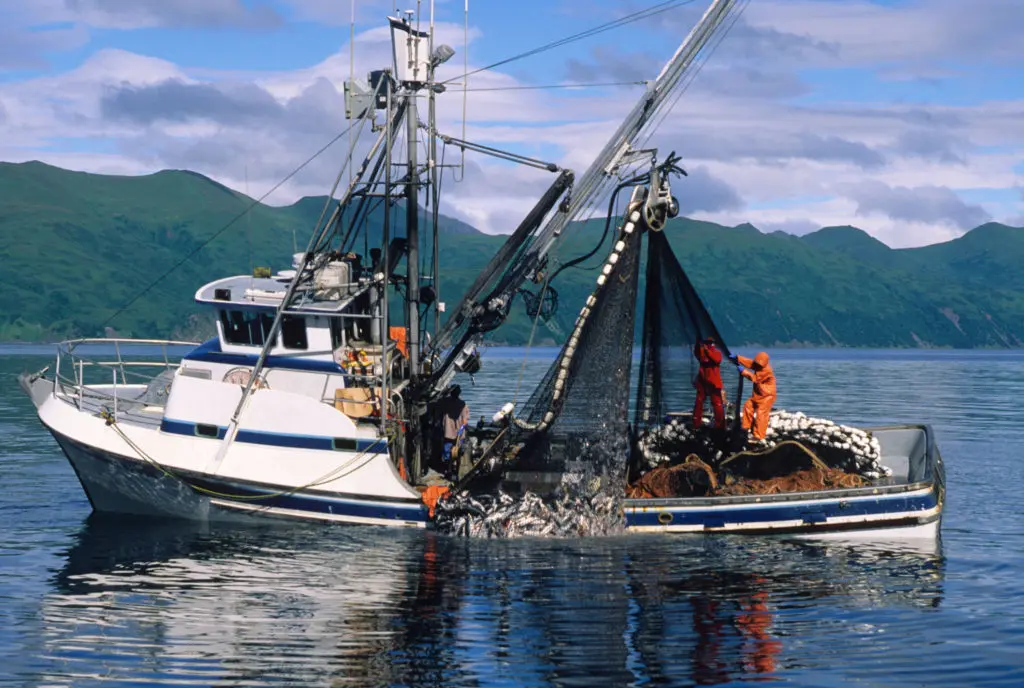
Imagine being out on the open ocean, miles from shore, with waves crashing over the deck and heavy nets being hauled in. Commercial fishing is a brutal and unforgiving business. Fishermen work long, exhausting hours, battling unpredictable weather and the immense power of the sea. Falls overboard, drowning, and being caught in machinery are all too common. The job requires not just skill, but a high tolerance for risk and a certain kind of bravery that goes beyond the typical 9-to-5.
High-Flying Dangers: Aircraft Pilots and Flight Engineers
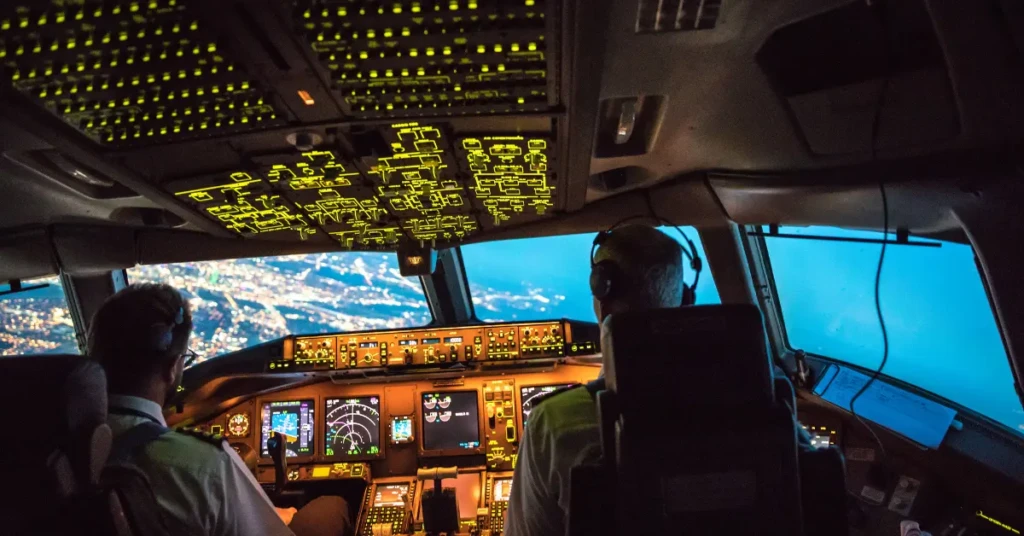
When you’re on a commercial flight, you probably feel safe. And you are. Commercial air travel is one of the safest forms of transportation. However, for the people in the cockpit, especially those flying smaller planes for air taxi services, crop dusting, or firefighting, the risks are significant. These pilots often fly in challenging conditions, navigate treacherous terrains, and perform complex manoeuvres, leading to a high fatal injury rate.
Working on the Edge: Roofers
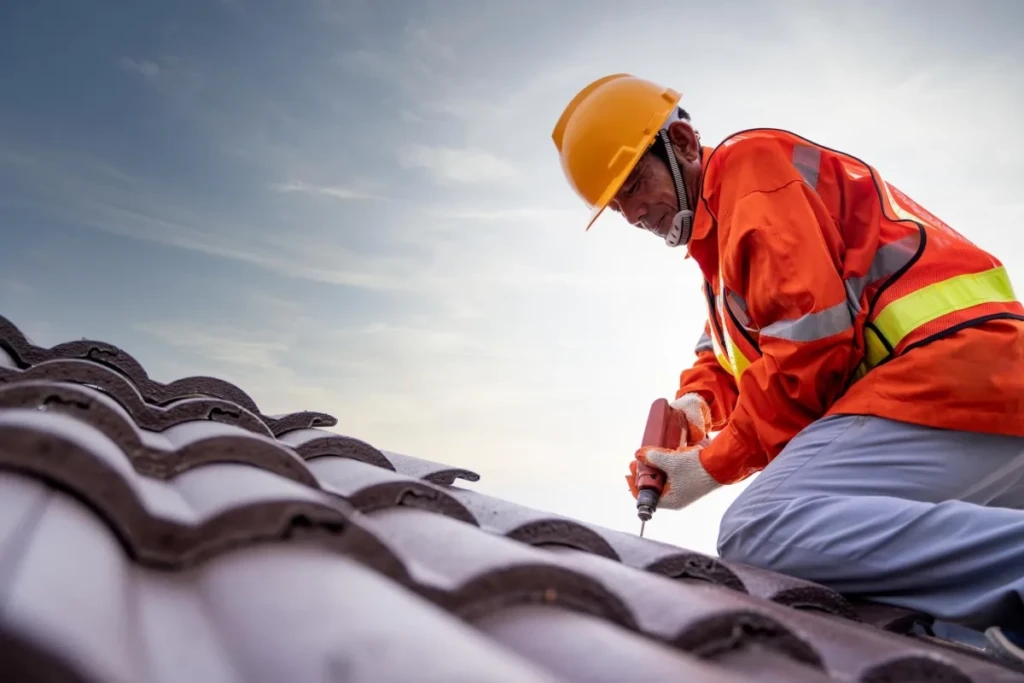
It’s a job that most of us wouldn’t want to do—working at dizzying heights, often in extreme heat or cold. Roofers are constantly at risk of falling, which is the leading cause of death in the construction industry. Add in the dangers of electrocution from power lines, and exposure to hazardous materials like hot tar, and you have a recipe for one of the most dangerous jobs out there. It’s a testament to the physical and mental toughness required for the job.
Structural Iron and Steel Workers
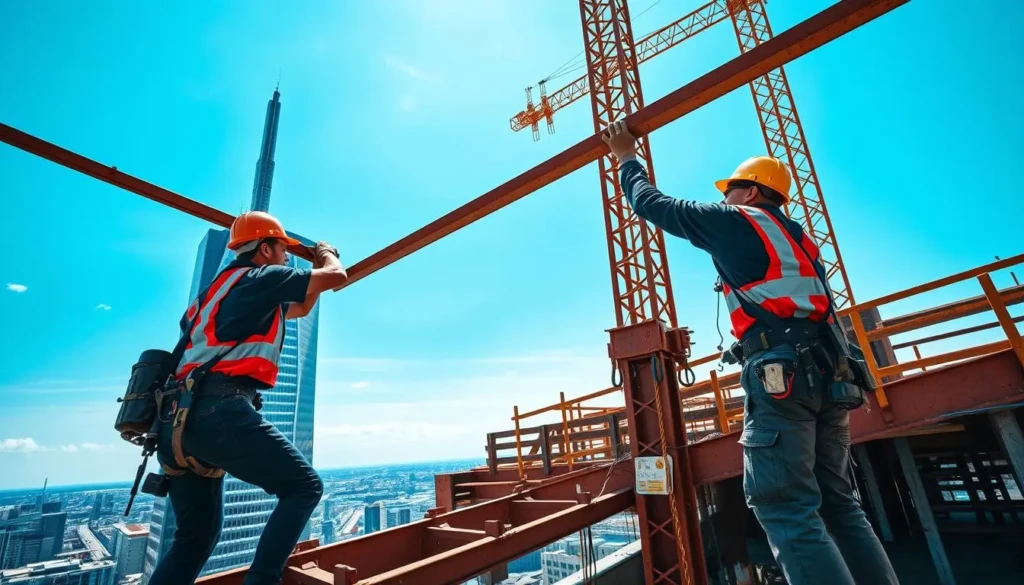
Building skyscrapers and bridges is a monumental task, but it comes at a very high cost. These workers are responsible for erecting the steel skeletons of our urban landscapes, and they do it while working hundreds of feet in the air. Falls are a constant threat, and the heavy materials they handle and the heavy equipment they operate only compound the risk.
From the Road to the Grave: Delivery Drivers and Truck Drivers

Remember what we said about transportation incidents? This is where it becomes painfully clear. Long-haul truck drivers, delivery drivers, and even garbage collectors spend a huge amount of time on the road, making them vulnerable to traffic accidents. The pressure to meet tight deadlines, coupled with fatigue and dangerous road conditions, creates a perfect storm of risk that sadly results in a high number of fatalities each year.
Farming and Agricultural Workers
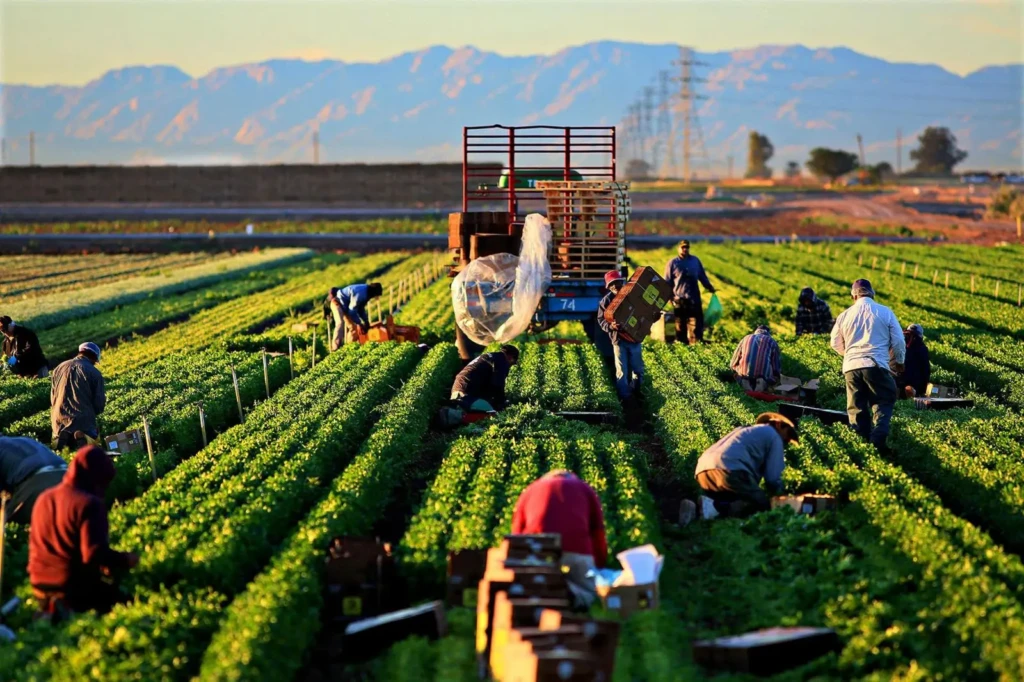
Agriculture seems like a peaceful, bucolic profession, but it is anything but. Farmers operate heavy, complex machinery that can cause serious injury. They are exposed to dangerous chemicals and pesticides, and they often work in isolated areas where help can be far away. Farm-related fatalities from tractor rollovers, equipment entanglement, and animal-related injuries make this a shockingly dangerous profession.
Refuse and Recyclable Material Collectors
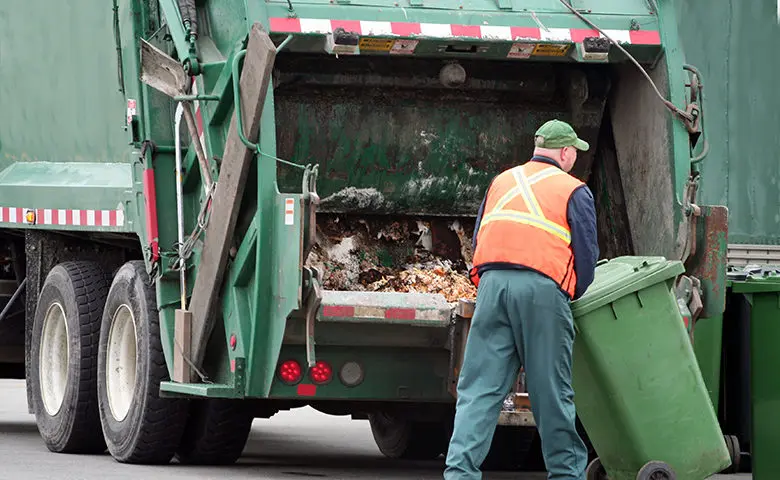
This is another job that might not seem that dangerous on the surface. But think about it: these workers are constantly in and out of a heavy vehicle, navigating busy city streets and residential areas. They are at risk of being struck by their own truck or other vehicles, and they face dangers from falling off the vehicle or being crushed by its compacting mechanisms.
Mining Machine Operators
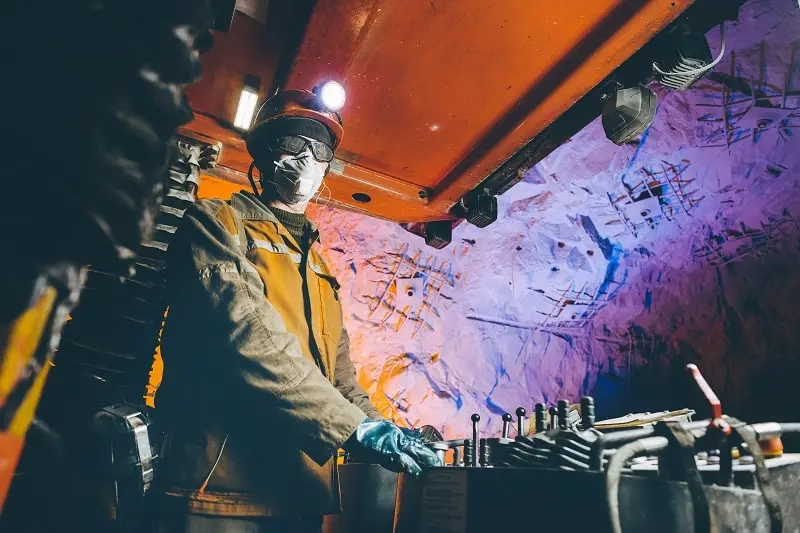
Working deep underground comes with its own unique set of risks. Cave-ins, explosions, and exposure to toxic gases are just a few of the dangers miners face. The use of heavy machinery in confined, unstable spaces makes this job a high-risk endeavor, with serious consequences for any misstep.
Electrical Power-Line Installers and Repairers
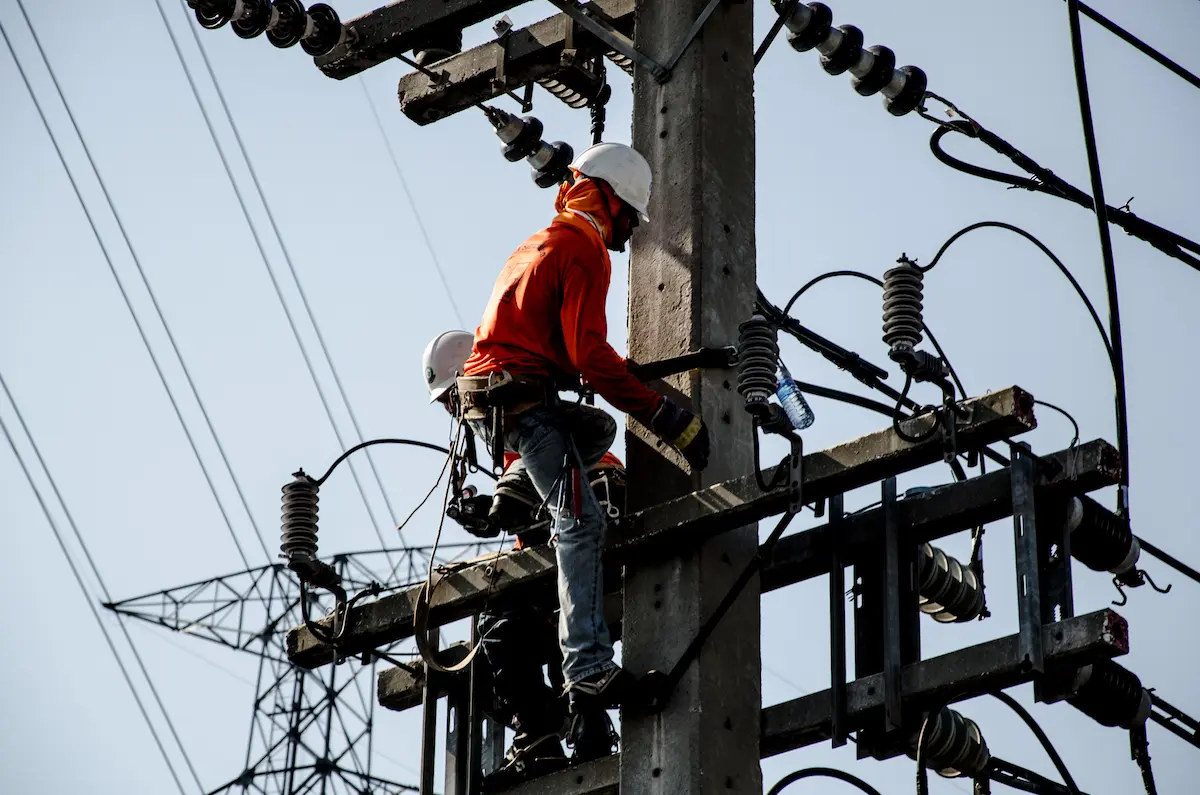
We all rely on electricity, but few of us think about the people who work on the power lines. These individuals work at extreme heights, often in bad weather, and they deal with an incredibly powerful and unforgiving force. The risk of electrocution is constant, and the falls from high poles are often fatal.
The Unseen Dangers: What Are the Unhealthiest Jobs?
Beyond the immediate, life-threatening dangers, some jobs pose a different kind of risk—the kind that silently eats away at your health over a lifetime. These are the unhealthiest jobs, where the dangers aren’t always a dramatic, single event but a slow accumulation of damage. Think of jobs that expose you to harmful chemicals, constant noise, or extreme temperatures. Construction workers inhaling silica dust, factory workers dealing with toxic fumes, or even office workers suffering from chronic stress and a sedentary lifestyle. While the fatality rate might not be as high as a logger’s, the long-term health consequences can be just as devastating. This is an important part of the conversation on dangerous jobs—recognizing that not all dangers are immediate.
The Past Is Still Present: What Was the Most Dangerous Job in History?
Looking back in history is a fascinating way to understand how far we’ve come. While modern safety regulations have made a big difference, many historical professions were incredibly dangerous. Take the log drivers of the 19th century, who navigated massive, unstable log jams down treacherous rivers—a profession so dangerous it was often called “the most dangerous job in the world.” Or what about the “coal breakers” of the late 19th and early 20th centuries, often children, who worked in suffocating dust to separate coal from slate, leading to a lifetime of respiratory illnesses? These examples remind us that progress in workplace safety is a continuous battle.
Final Thoughts on Workplace Safety
It’s easy to take for granted the people who perform these essential, dangerous jobs. From the food we eat to the power we use, countless individuals put their lives on the line every day to make our world function. Their stories are a testament to human courage and resilience. But it’s also a powerful reminder of why workplace safety is so critically important. Every statistic represents a real person, a family, and a life cut short. The goal isn’t just to list the dangers, but to raise awareness, foster a culture of safety, and show gratitude to those who face the risks we can’t or won’t.
FAQs About Dangerous Jobs
1. Is being a police officer or firefighter one of the most dangerous jobs? While both jobs are highly risky and put individuals in life-threatening situations, their fatal injury rates are lower than those of the top-ranked jobs like logging or commercial fishing. This is often due to extensive training, protective gear, and established safety protocols, even though the jobs involve unpredictable and high-stress scenarios.
2. Are dangerous jobs always high-paying? Not necessarily. While some dangerous professions, like oil rig work or underwater welding, are very well-paid, others like commercial fishing or agriculture can have lower-than-expected wages, making the risk-to-reward ratio a complex and often unfair calculation for many workers.
3. What can be done to make these jobs safer? Continuous improvements in technology, stricter enforcement of safety regulations by organizations like OSHA, and better training and education for workers are all crucial. Additionally, a cultural shift towards prioritizing safety over speed and profit is essential for reducing workplace fatalities.
4. Are there any dangerous office jobs? Yes, but the dangers are different. While you won’t fall off a skyscraper in an office, you can suffer from long-term health issues like carpal tunnel syndrome, back problems, or eye strain. Mental health risks, such as burnout and chronic stress, are also significant dangers in a high-pressure office environment.
5. How do I find out the fatal injury rate for a specific job? The U.S. Bureau of Labor Statistics (BLS) is the best source for this information. They regularly publish a census of fatal occupational injuries, which provides detailed data on fatality rates by occupation, industry, and cause of death.


